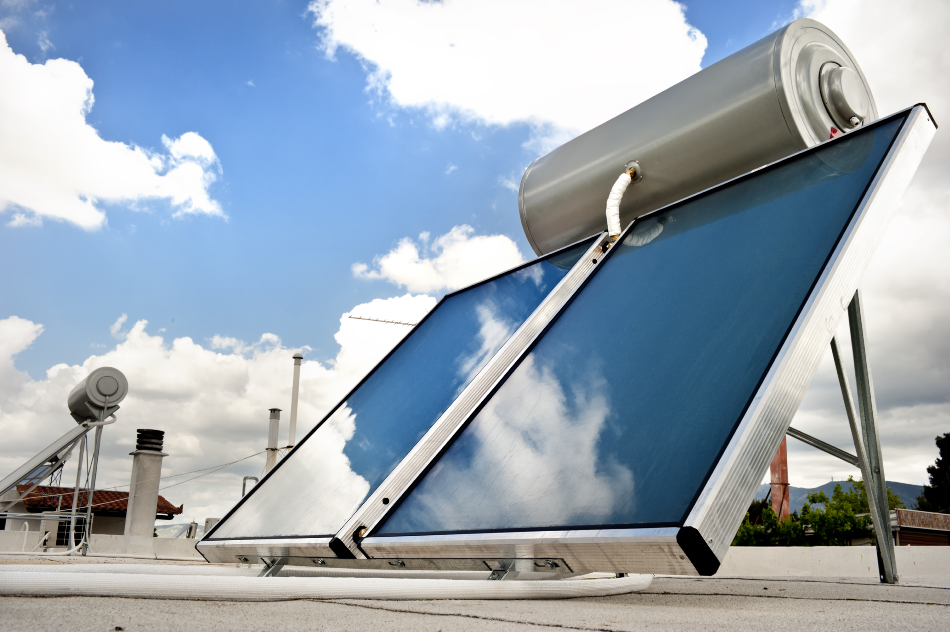


Ceiling fans by Big Ass Fan Company, a match for those inside, keep people cool and bugs away. When windward rain assails, the lānai’s leeward location and overhanging roof keep it sheltered. Architect Jeffrey Lundahl says they chose to keep the place clean and simple and to “rely on the architecture for design rather than decorate the building.” The second-floor lānai extends the main living area into the outdoors. The mood of the white Caesarstone kitchen island, with its pearly hood over solar-powered appliances, swept right through the living area to the moonlike, touch-hinged cover that masks the television’s mega screen. Midday sunlight flooded the main room through spans of glass on two sides. To get to the main living area, we went to the second floor, up airy platform steps with stainless-steel handrails. The house still exuded the cool incense of new plaster and little-trod stone. The existing jungle had been reduced to sod lawn with the help of a forestry mulcher. I visited just months after the home’s completion. Yet it’s so sustainable you could almost move it to Mars. And Brad and Amy Albert’s new house does that. On the flip side, the skin-temperature breezes that teeter between rain and rainbows inspire sensuous strolls amid vegetation that doubles in size every five days. People complain about their shoes turning mildew-blue in the closet, or talk wide-eyed about flash floods in the gulches. In the rain-drumming, gust-smacked grasslands of Ha‘ikū-where the teeth of the trade winds break against Haleakalā’s north rift zone-the weather is either a curse or a joy. Smart design and the latest sustainable-energy technology make this home thrive in Ha‘ikū’s sometimes rowdy windward weather while generating almost all of its own power. Story by Paul Wood | Photography by Mike Adrian Owner Brad Albert and architect Jeffrey Lundahl created a single-family abode that’s ideal for its windward setting.


 0 kommentar(er)
0 kommentar(er)
